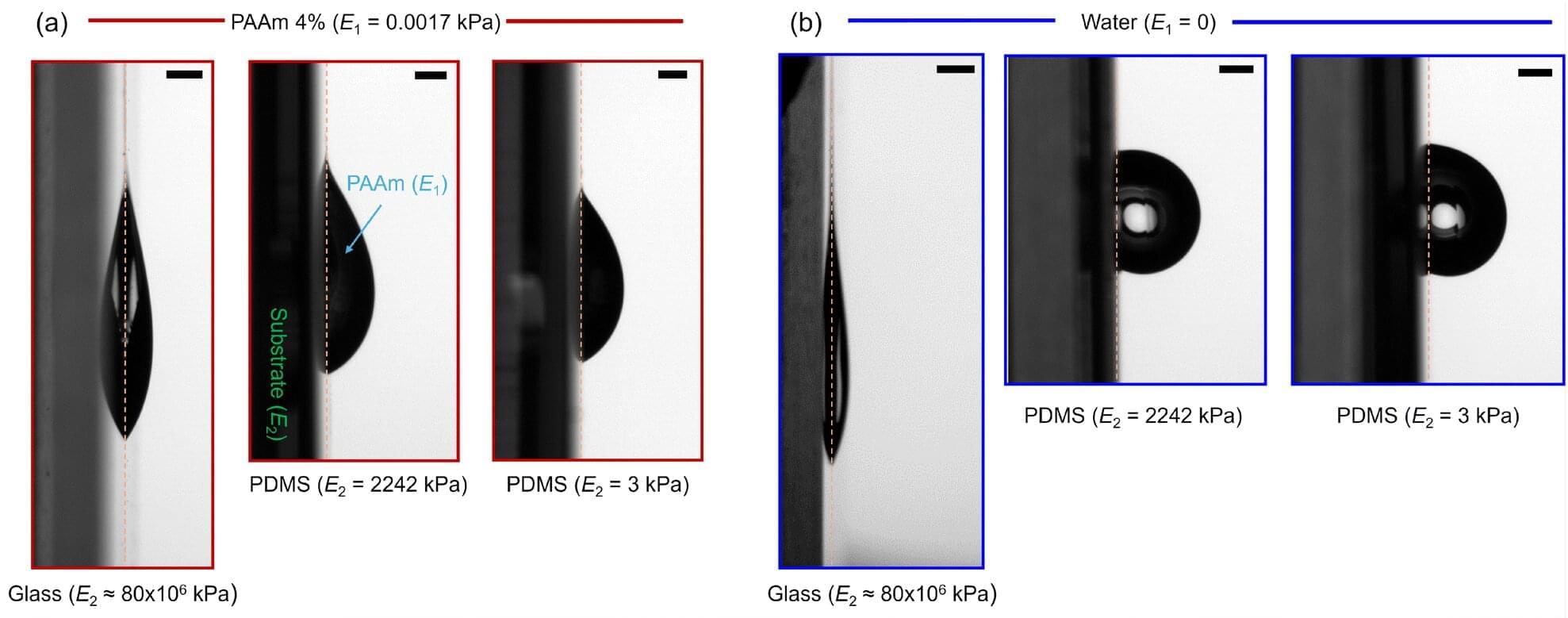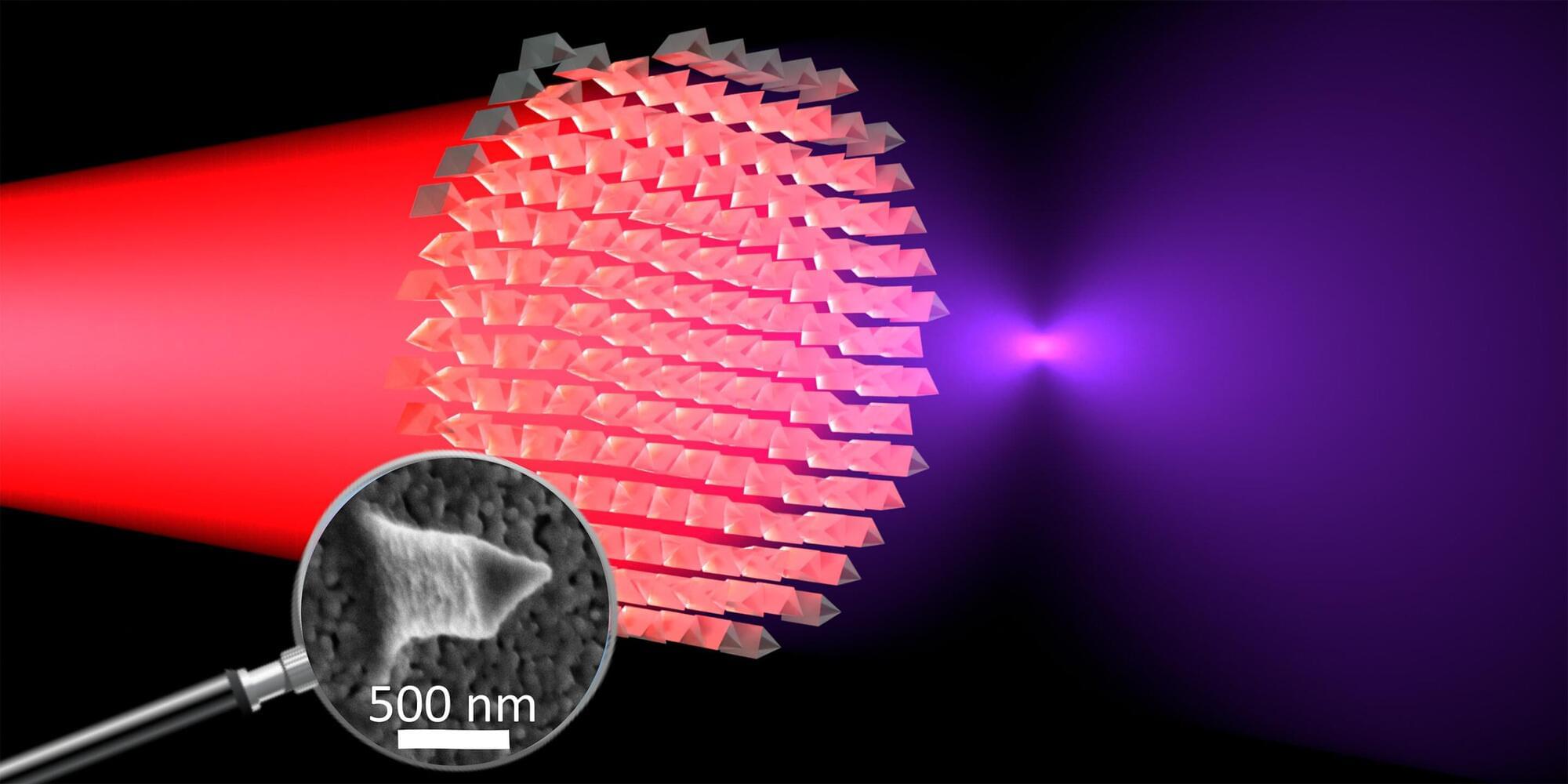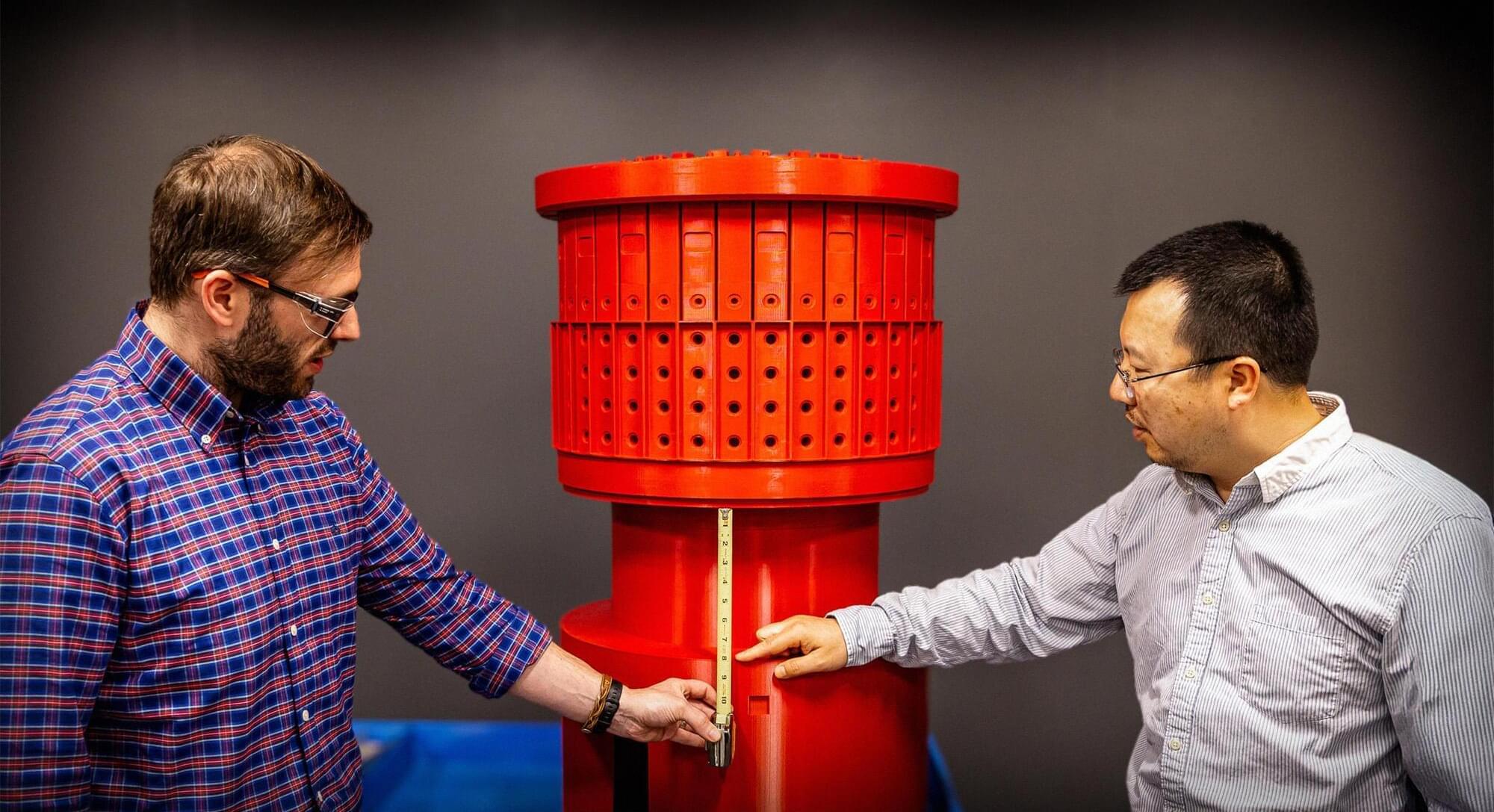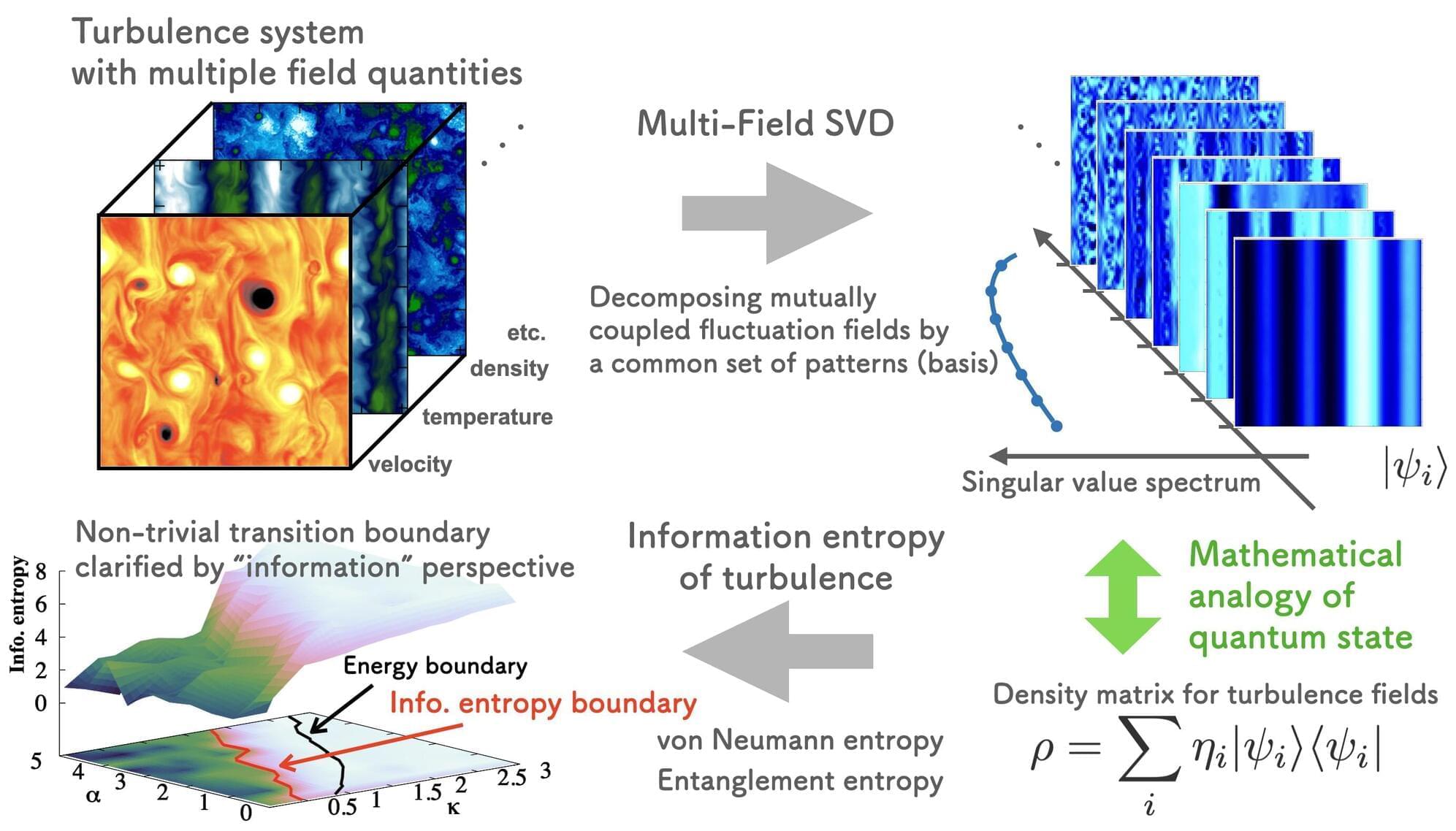Merging neutron stars are excellent targets for multi-messenger astronomy. This modern and still very young method of astrophysics coordinates observations of the various signals from one and the same astrophysical source. When two neutron stars collide, they emit gravitational waves, neutrinos and radiation across the entire electromagnetic spectrum. To detect them, researchers need to add gravitational wave detectors and neutrino telescopes to ordinary telescopes that capture light.
Precise models and predictions of the expected signals are essential in order to coordinate these observatories, which are very different in nature.
“Predicting the multi-messenger signals from binary neutron star mergers from first principles is extremely difficult. We have now succeeded in doing just that,” says Kota Hayashi, a postdoctoral researcher in the Computational Relativistic Astrophysics department at the Max Planck Institute for Gravitational Physics (Albert Einstein Institute) in the Potsdam Science Park. “Using the Fugaku supercomputer in Japan, we have performed the longest and most complex simulation of a binary neutron star merger to date.”









